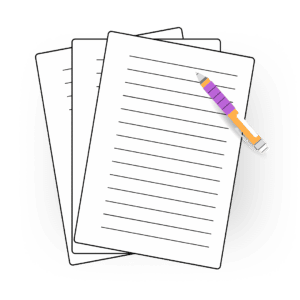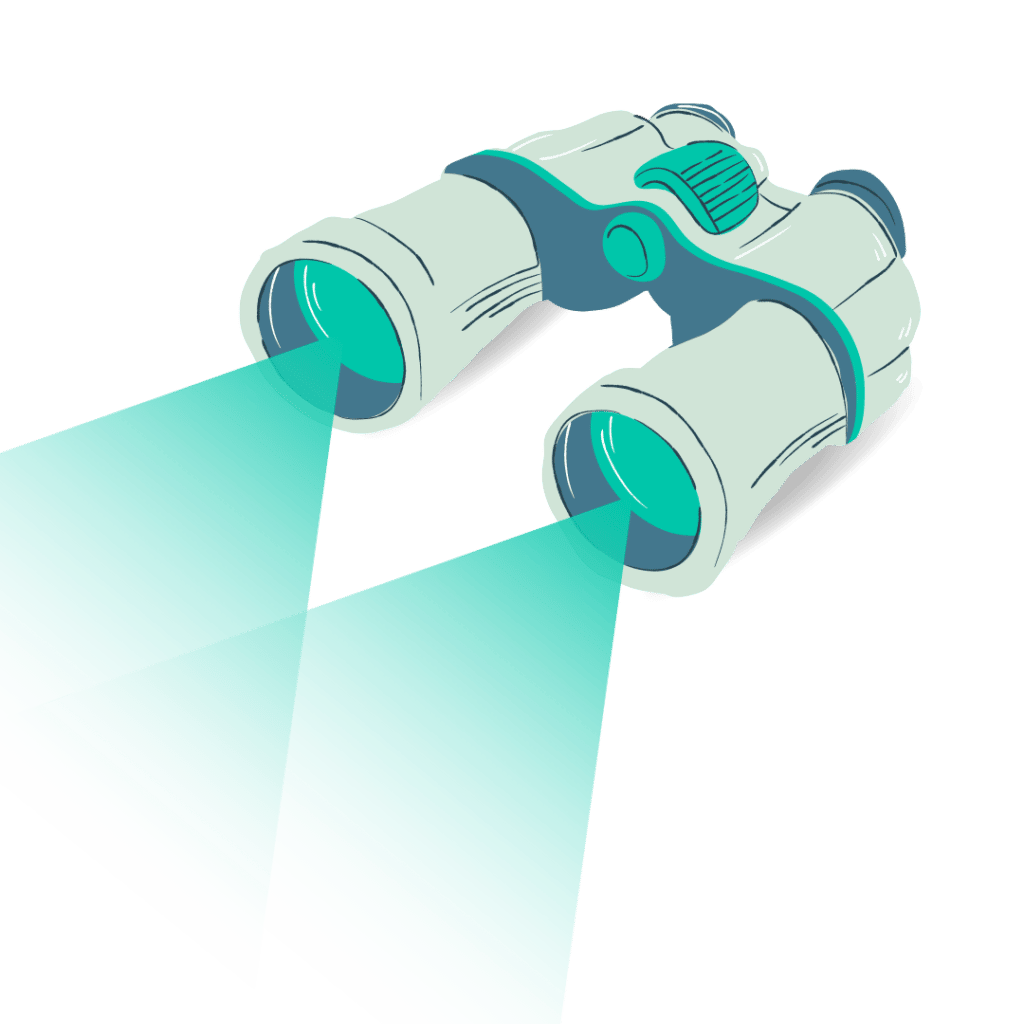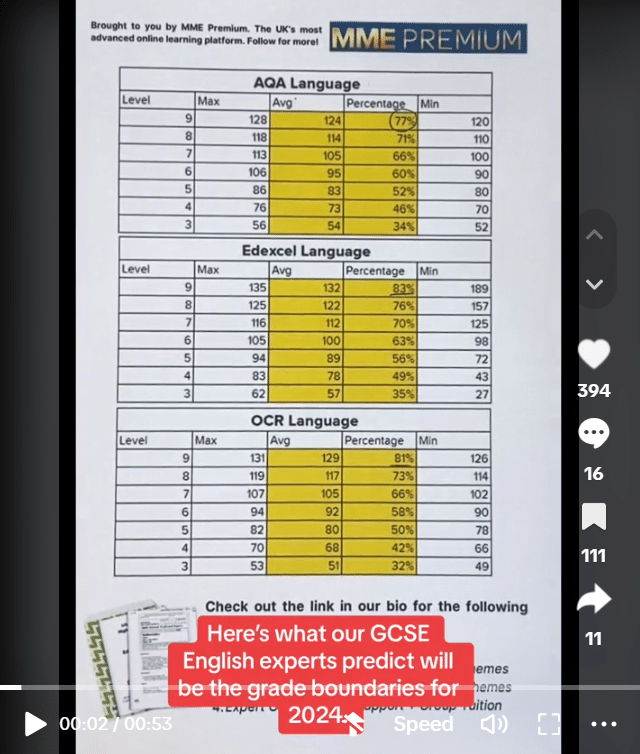writing: Non-Fiction Structure Use
writing: Non-Fiction Structure Use Revision
Writing: Non-Fiction Structure Use
In the writing sections of your exam paper, you will be asked to write texts of your own. In one of your papers, this will be a non-fiction text, but don’t worry, this will be made clear in the question.
When you are writing and planning your text, it is vital that you know how to structure it, because this will show the examiner that you know what different text types are supposed to look like and include.
Perspective and Narrative Points of View

When you are writing a non-fiction text, you may not think that there is much room for being creative.
However, structure is one place where you can still use your imagination to make an impact upon your reader, and make your final text much more effective.
While narrative viewpoint is not a structural feature, the way in which the narrator, or the writer, in non-fiction texts, presents information can strongly impact the structure of a text, so can be good to notice and consider.
Perspective is just another way of saying the viewpoint from which the text is written.
The perspective from which you need to write in the writing section of your exam will be given to you in the question itself.
But how does perspective link to the way a text is related to the reader?
Well, texts which frequently change the perspective from which they are told can mean that it has an irregular structure, and may not be told in a chronological order.
This also happens when a text is told from a third person perspective.
Different Perspectives
There are a few different perspectives that you, as the writer, can use when creating a non-fiction text.
These include:

First person perspective…
…is when a text is written from the perspective of the individual directly experiencing the action.
This means that the structure of a non-fiction text told in the first person is usually more linear, and is more likely to follow a chronological order of events.
For example…
‘I would 100% recommend Captain Fisher’s Pirate Museum. I really enjoyed walking through the old captain’s cabin, and looking more closely at the captain’s battered logbook on the table.’

Second-person perspective…
…is when a text is written in a way which uses direct address to the reader, and positions them as directly experiencing the action, and at the centre of the story as a whole.
This means that the structure of a non-fiction text told in the second person is typically linear.
This means that it may follow a chronological order of events, providing a single viewpoint and details which could only be given by one individual. This is often used when elements of the text are intended to remain a mystery to the reader.
For example…
‘As you walk through the ship, reading the signs and information points, please feel free to stop at the cafe to get some refreshments.’

Third-person perspective…
…is when a text is written from an outside perspective, watching the individual directly experiencing the action, and the story as a whole.
This means that the structure of a non-fiction text told in the third person can be either linear or non-linear.
This means that it may follow a chronological order of events, or move around the text and timeline, providing viewpoints and details which could not be given by one individual.
For example…
‘The ship is documented to have been led around the Cape of Kerr by Captain Fisher, and to have finished its journey, mooring at Tridwell Harbour, on the 14th July.’
Using Structure at Sentence and Paragraph Level
Structure can also be used creatively at sentence level, even in non-fiction texts.
This can be through using a variety of sentence types, such as long and complex sentences, or short, punchy sentences which have impact.
These different types of sentences can also be used in lots of orders and combinations, to create different effects.
When they are put together in this way, you can see how a text’s structure can be made up of and affected by, singular sentences.
It is not only the physical structure of the sentences which you can consider however, but also the content, and the order, or ‘structure‘ in which they are presented.

For example…
You might need to write a newspaper article about bin collection.
Your initial instinct, when planning out your text’s opening sentence, may be to state what the text is about using a ‘topic sentence‘.
This is an effective way to begin your text, however it is not the only, or most impactful way.
You could instead choose to begin in the middle of the subject’s content, and open your article with a short list of the rubbish items often left on roadsides, or even a dictionary definition of rubbish.
Here are two versions of the opening sentences you could choose to write for this exam task:
‘It is vital that bins are placed outside houses on the correct days, as appointed by the council. Information as to which days recycling and general waste can be left outside for collection is on the council’s website.’
OR
‘Nappies, apple cores, empty crisp packets. This is what our streets will contain, if we are not more careful about rubbish collection in our community.’
Both of these are still informative and constructive ways to begin the non-fiction text.
However, the second version of the sentences approaches the information from a slightly different angle, meaning that it becomes much more engaging for the reader.
Although it may initially seem less informative, it is effective at conveying the main point and tone of the text, and therefore remains an appropriate opening.
Using Structure at Whole Text Level
In addition to using structure strategically at sentence and paragraph level, you may also choose to use it to improve your non-fiction text as a whole.
This may involve techniques such as:

A. ‘Zooming-in‘
This technique is when writers focus on the bigger picture, and then gradually or suddenly switch to describing small details.
This is also called a ‘perspective shift‘.
B. ‘Zooming-out‘
This technique is when writers focus on smaller details, and then gradually or suddenly switch to describing the bigger picture.
This is also called a ‘perspective shift‘.
C. Time Changes
This is also a ‘perspective shift‘ technique, but this time involves changes in the time a particular section of the text is set in.
This can be particularly effective when the text is about an event which may have occurred over a long time period.
Inventive structures which use time changes can also place things intentionally out of chronological order for effect.
For example, you may choose to include a short description of an event from the past or future in the middle of a present tense text, or to include a present tense statement before describing a past event.
The choices are limitless!
D. Repetition
By choosing to repeat themes or ideas throughout the entirety of your text, be it a report, an article or a review, you are able to create connection between different areas or pieces of information.
This is very useful when tying the text together into a cohesive whole.
The repetition of ideas, in particular, is called a ‘motif‘, and can also be an effective way to create a linking thread throughout a text which includes lots of different ideas.

MME Premium Membership
£19.99
/monthLearn an entire GCSE course for maths, English and science on the most comprehensive online learning platform. With revision explainer videos & notes, practice questions, topic tests and full mock exams for each topic on every course, it’s easy to Learn and Revise with the MME Learning Portal.
Sign Up Now

